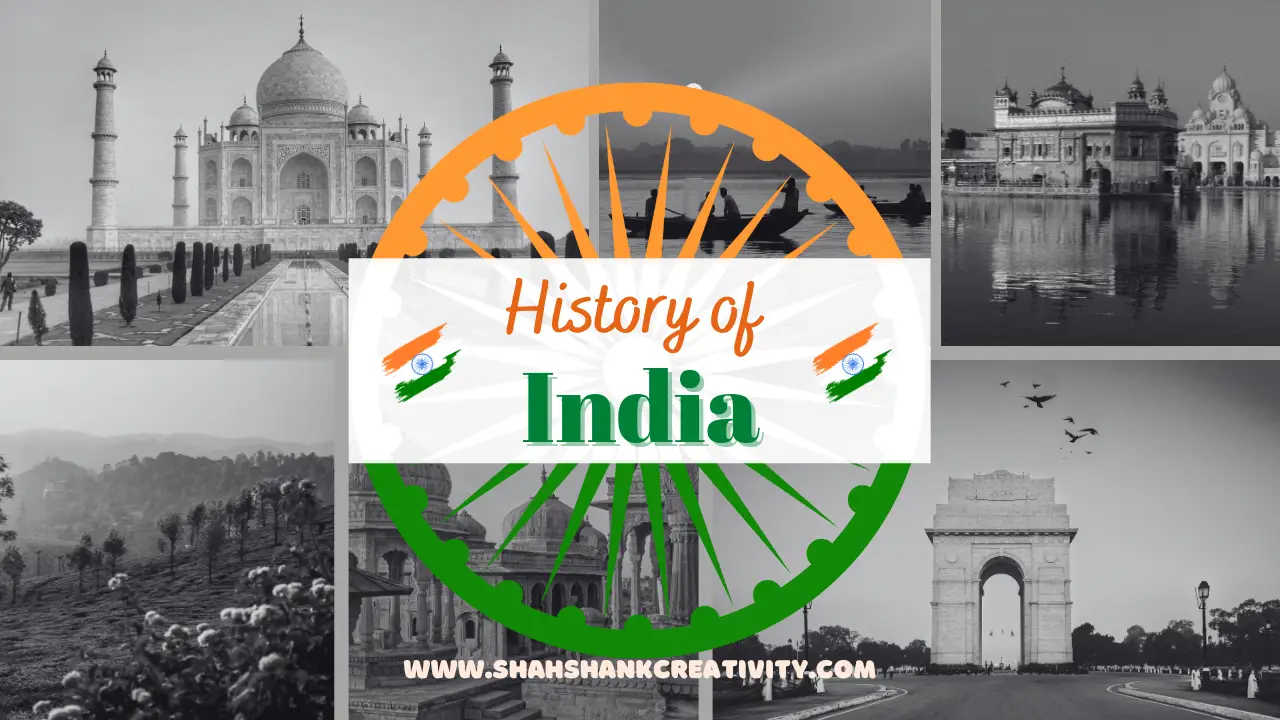The East India Company's history is a complex tale of trade, expansion, and eventual decline, ultimately leading to the establishment of direct British rule in India, which lasted until India gained independence in 1947.
Formation and Early Years (1600-1700s):
- 1600: The East India Company (EIC) was formed by a group of English merchants with a royal charter from Queen Elizabeth I. This charter granted them a monopoly on English trade with the East Indies.
- 1601: EIC's first expedition, led by James Lancaster, set sail to Southeast Asia. They established trading posts in Aceh (modern-day Indonesia) and Surat (Gujarat, India).
- 1615: The EIC established its first factory (trading post) in the Mughal Empire at Masulipatnam (Andhra Pradesh, India).
- 1639: EIC acquired the village of Madraspatnam (Chennai) from the local Nayak rulers, laying the foundation for Madras (Chennai).
- 1661: The English King Charles II married Catherine of Braganza, which led to the acquisition of Bombay (Mumbai) as part of her dowry.
Expansion and Consolidation (1700-1800s):
- 1757: The Battle of Plassey saw Robert Clive's forces defeat the Nawab of Bengal, allowing the EIC to establish de facto control over Bengal.
- 1765: The EIC acquired the Diwani (revenue collection rights) of Bengal, Bihar, and Orissa through the Treaty of Allahabad with the Mughal Emperor.
- 1799: The EIC defeated Tipu Sultan of Mysore in the Fourth Anglo-Mysore War and gained control over substantial parts of South India.
- 1801: The subsidiary alliance system, wherein Indian rulers became puppets under EIC's protection, was implemented with the Nizam of Hyderabad.
Height of Power (1800-1850s):
- 1818: The Marathas were defeated, and their territories were annexed by the EIC, marking the beginning of EIC rule over much of India.
- 1835: Lord Macaulay's Minute on Education proposed English as the medium of instruction in Indian schools, significantly impacting Indian education.
- 1857-1858: The Indian Rebellion of 1857 (also known as the Sepoy Mutiny) erupted, leading to widespread violence and the end of EIC rule in India.
- 1858: The British Crown took control of India from the EIC following the Government of India Act 1858, establishing direct British rule, known as the British Raj.
Decline and Dissolution (1850s-1874):
- 1861: The EIC's military forces were dissolved, and control of India's armed forces was transferred to the British Crown.
- 1874: The East India Stock Dividend Redemption Act dissolved the East India Company, transferring its remaining assets and responsibilities to the British government.
Reasons for Decline and Fall:
- Financial Mismanagement: The EIC faced severe financial troubles due to corruption, mismanagement, and high expenses in maintaining its private army.
- Political Incompetence: The EIC's interference in Indian politics and administration led to discontent among Indian rulers and the public.
- Economic Exploitation: The EIC's economic policies, including the imposition of heavy taxes and the exploitation of resources, contributed to economic hardship in India.
- Social and Cultural Conflicts: Cultural insensitivity and policies like the Doctrine of Lapse led to social and cultural tensions.
- Revolts and Uprisings: The Indian Rebellion of 1857 exposed the EIC's inability to maintain control and marked the end of its rule.
The East India Company's history is a complex tale of trade, expansion, and eventual decline, ultimately leading to the establishment of direct British rule in India, which lasted until India gained independence in 1947.
history of east India company, EIC, east India company, Permission to trade in south Asia, expansion of east India company in India, Fall of East India Company, British rule in India,
